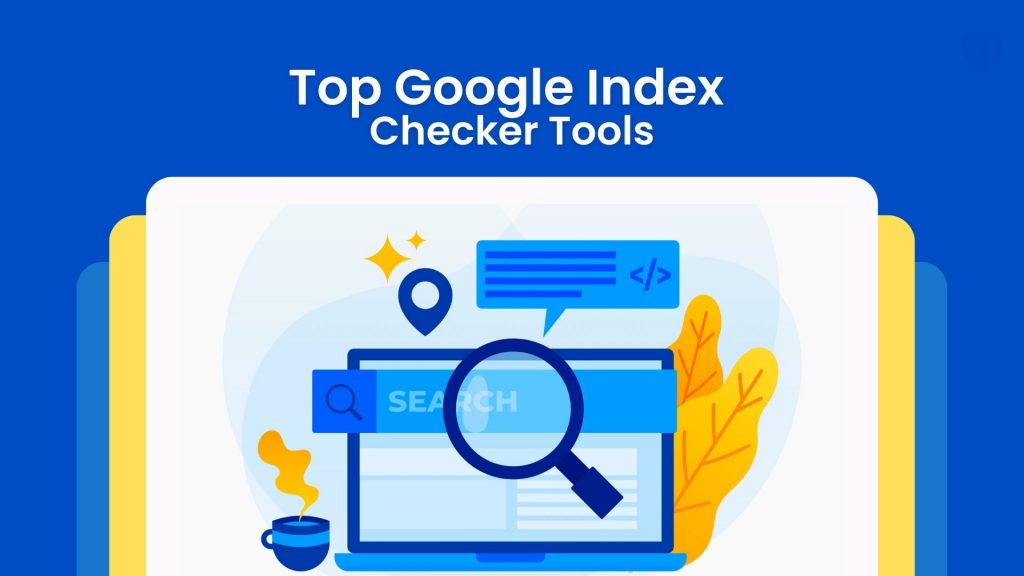Effectively monitoring Google Indexation ensures that all your valuable pages are discoverable by searchers, increasing visibility and traffic. You can do this through your Index Coverage Report in Google Search Console.
The opening line of an introduction grabs the reader’s attention and sets the stage for the rest of the article. It also establishes why the topic matters.
1. Google Search Console
GSC is a tool that allows webmasters to manage how Google Search discovers, crawls, and indexes pages on their websites. It also helps them troubleshoot problems that can affect visibility on Google SERPs.
One of the most important features is that it allows users to see if their pages are being indexed by Google. This is crucial for SEO because if a page isn’t indexed, it won’t show up in search results and will be missed by potential visitors.
The Search Console Page Indexing report shows which pages are indexed and which ones aren’t, as well as reasons why. This is a great tool to use to debug any indexing issues that you may have on your site. It’s also worth checking this report regularly, especially if you notice any sudden drops in the number of indexed pages. This can be a sign that something has changed on your website that Google isn’t picking up.
2. Google Webmaster Tools
Google keeps a constantly-updating “index” of relevant pages across the web to generate search engine results pages (SERPs) more quickly. If your website isn’t listed in that index, it won’t appear in search results.
The Rank Tracker Plus Tools suite is a treasure trove of information for business owners, webmasters and SEO experts. It is a great way to check your site’s performance and make necessary adjustments.
Among other things, it displays how many of your XML sitemaps are being processed and how often they’re being updated. It also provides insights into any crawl errors that could prevent Google from properly indexing your website.
It’s also a handy tool to use to identify forms of duplicate content, such as duplicate title tags and meta robots tags. It’s also a great way to test your website speed, as it makes it easy to track Google bot download times on a page-by-page basis. This can be particularly useful if your website is running on an old server or is slow to load.
3. Google Analytics
Keeping track of the indexing status of your website’s pages is important for ensuring your content’s visibility. This can be done by using an indexing checker tool, which offers real-time and accurate insights into your web pages’ indexing status.
If your inspected page is not indexed, it may simply be that Google hasn’t discovered the page yet. Alternatively, it could be an issue with your site’s structure or technical SEO. For example, if your site isn’t mobile-friendly or your pages load too slowly, they might not be visible to search engines.
Having the right tools and methods in place is crucial to achieving optimal Google indexing. Regularly monitoring your website’s indexing status can save you from missed opportunities and lost traffic. And by linking your Google Analytics and Search Console accounts, you can gain deeper insights into how to improve your website’s performance. This will help you optimize your pages and achieve better rankings in organic searches.
4. Google Webmaster Blog
Getting your website pages indexed is an essential step in ensuring that search engines can find your content and rank it appropriately. However, indexing is not an instantaneous process. Google has a filtering system that prioritizes content according to the quality of the page, so even when your site meets the technical requirements, some pages may not be indexed.
Conducting regular indexing checks is a vital part of SEO for bloggers. This allows you to spot issues before they become more serious and improve your blog’s visibility.
The best way to check if your website is properly indexed is by using GSC, which provides detailed reports and data on your blog’s search traffic, index status, crawling errors and more. Using this tool will help you ensure that all of your pages are fully visible to search engine bots. Moreover, it will help you fine-tune your SEO strategy and grow your blog traffic. The GSC blog is also a great resource for learning about new Google ranking updates.






